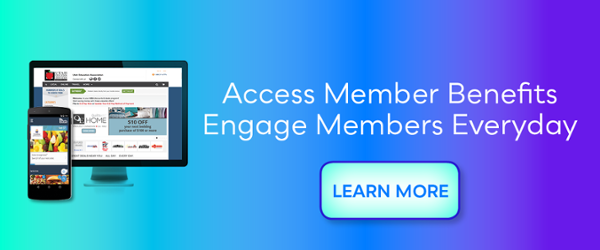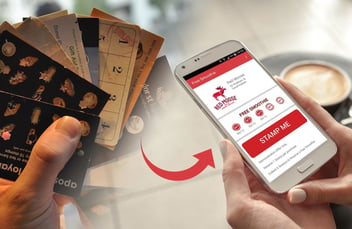The Growing Problem of Unengaged Loyalty Program Junkies (and How to Solve It)
Hi, my name is Brandon and I’m addicted to loyalty programs.
That thought occurred to me this weekend as I was trying to set up (another) mobile wallet. One of the options this particular solution offers is “loyalty programs,” or the ability to add all (or most) of my various loyalty cards in virtual form.
Between national programs, aggregators, and punch cards, I had well over 50 memberships.
If you had asked me how many loyalty programs I was a member of point blank, with no time to dig for accuracy, I would’ve said 15, maybe 20.
50 wouldn’t have entered my mind. Which also means many of the brands providing those programs wouldn’t have entered my mind, either.
Loyalty Junkies
You might be tempted to declare someone who totes around 50 loyalty program memberships a bit of a loyalty junkie. Which is fair, but as recent data shows, we all are.
According to the just-released Colloquy Loyalty Census, Americans hold over 3.3 billion loyalty program memberships, an average of 29 per household. That’s a 26% increase from 2012 (which itself saw a 16% increase over 2010).
It’s HARD to turn down that offer to sign up at the register. These days all it takes is an email and phone number, and the programs are typically free.
It feels so stinking good to know that at some point, you’ll get rewarded for spending money with that retailer.
According to Colloquy’s new data, we’re only active in 42% of those loyalty programs. That’s just 12 of the 29 household memberships.
Like all junkies are aware, the good feelings usually don’t last long. The initial promise of being rewarded is replaced with the cold realization that it’s going to take a lot of spending to actually earn a decent reward.
Life goes on, and then we sign up for another program somewhere down the road. Behavior unchanged.
Are They Broken?
This doesn’t mean loyalty programs are to be written off or considered ineffective as a concept. There are countless programs that inspire and motivate members to closer relationships with brands.
No, the continuing growth of memberships and decline of engagement means many companies are just going through the motions of customer loyalty programs, or simply using them as a facade to gather spending data and contact info. Who gives a crap if it actually alters behavior?
Loyalty Program Rehab
It isn't the junkies who need rehab, it's the programs themselves. From our loyalty statistics page:
73% of consumers believe that loyalty programs should be a way for brands to show consumers how loyal they are to them as a customer; but 66% of marketers see it the other way around (Kitewheel)
The remedy is out there, and much of it revolves around the idea of a loyalty program being an opportunity for the brand to show loyalty to the member – not the other way around. That's a hard concept for many in the C-suite to grasp, but it's important to customers.
There are two primary areas to focus on changing:
First, new members should see the value immediately, if not soon after. Even small rewards and incentives will differentiate a program from the crowd. Many programs sag due to their focus on simply rewarding long-term behavior, while ignoring the opportunities to connect with the person who's in a much earlier stage of the loyalty funnel.
Second, all that data that’s being collected needs to be put to good use. Personalize every message, make offers based on previous purchase behavior, send out a birthday message...it doesn't have to be rocket science, and customers will love it.
Of course, these two items require an investment. It's cheap to treat a loyalty program as a giant data farm and toss the occasional bone to big spenders. A program like that will still bring in the junkies who'll take a whiff of the promise before moving on to the next opportunity.
A program that shows clear, personalized value that's easy to obtain will turn junkies into engaged, repeat customers, who know the brand values their business.
Think of it as a brand intervention of sorts - changing behavior is tough, but it's so, so good for everyone involved.
Topics: consumer engagement, customer loyalty
Written by: Brandon Carter













Share your Comment.